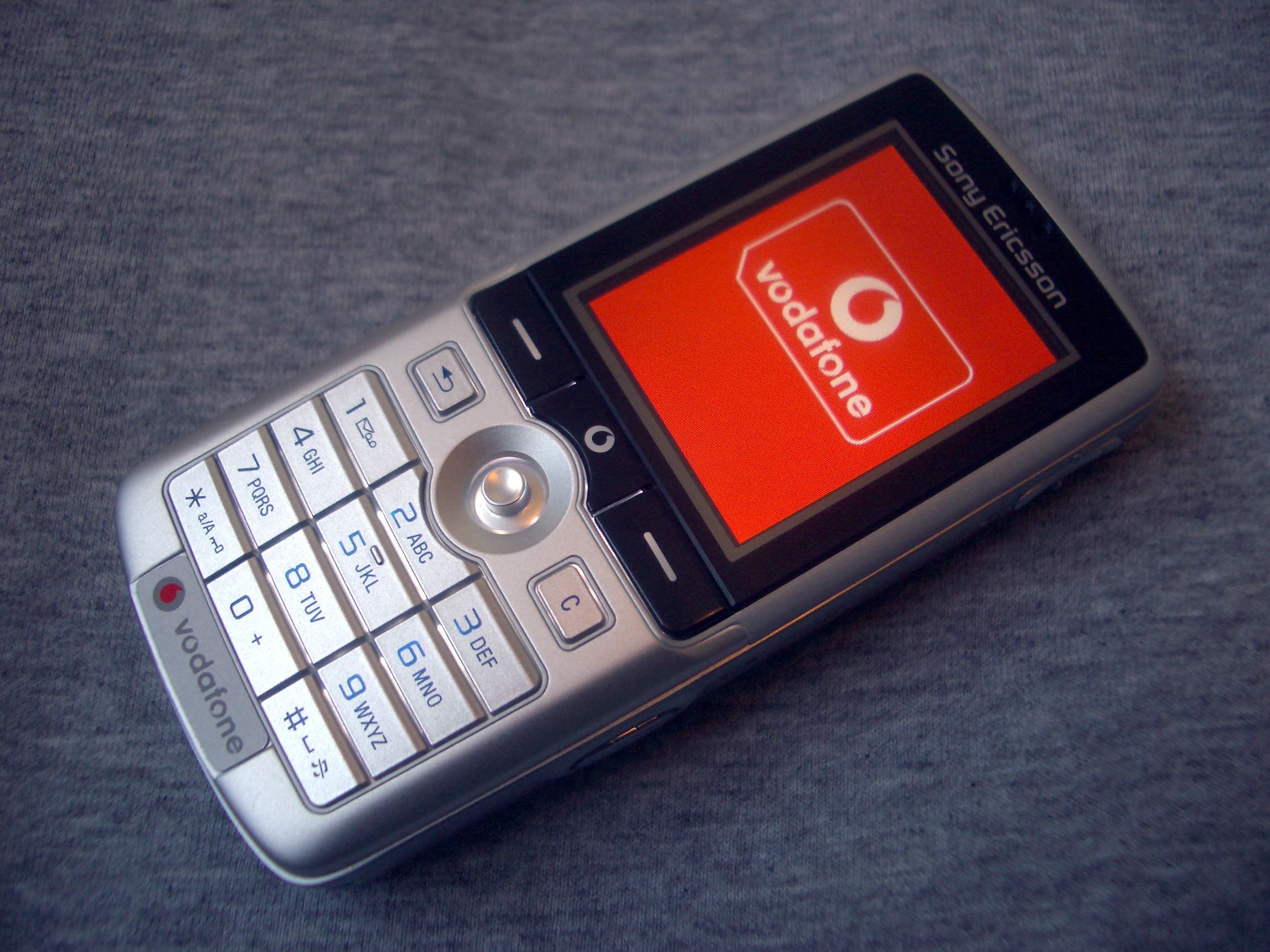
Sony Ericsson’s latest 2G device, called Sony Ericsson K750i, is the improvement of their 2G line of phones that started with the T68i, and had nice devices like the T610, and more recently the K700i.
The K750i is a device with a focus on photography and music. With 2M pixels camera, optical focus, and memory card support, it's the single device to carry around and leave the standwlone camera and iPod at home.
The K750i was used as one of the prototypes for the service Vodafone live!cast.
Pros and Cons
Pros
2M Pixel camera with optical focus, capable of competing with regular 2MP cameras in daylight photography;
MP3/AAC playing with good sound quality, both with headphones or through the external speaker;
Memory card support (e.g., supports the Sony 1GB card);
Good Bluetooth support;
Dedicated Play/Pause hard key for music or radio.
Cons
New and proprietary connector, requiring new headphones and chargers;
Slow device;
Due to the device's slowness, sometimes the joystick is not as accurate as hoped.
Photography
I used to have a Canon A20, a 2.1M pixel camera. In my opinion, these are enough pixels for a digital user - sharing them in the web, using as background, etc. (I’ve seen nicely printed pictures at this resolution, but I haven’t ever printed one). As everybody knows, the number of pixels isn’t what matters the most, and that has been proved by several other wanna-be photo camera manufacturers, and by most of the cameras in mobile devices. Fortunately, this device is the exception. Taking pictures with this camera is similar to using a regular camera at something between ISO-400 and ISO-800 - there’s still some grain, but not enough to ruin the pictures. This means that if you need a camera for point-and-shoot pictures, spare the money and get this device.
Inside, with flashlight. Not easy to get a black cat on focus. Daylight, end of day. This picture was taken at the end of the day, in the shadow. It’s already noticeable some grain. Outside, panorama. Quick point and shot, using the trees as guides for the stitching. The camera did a better job than the original stitching software I had for the Canon A20. Inside a box, with flashlight. Nice job focusing the black cat and the whole box. Inside, macro. Still not fully focused, but try to do this with any other device.
This device has an interface similar to a regular Sony camera. The pictures are taken with the device horizontally, as a regular camera. The menu has the following items: * Switch to video camera / Switch to still camera (or simply joystick left/right). * Shoot mode: Normal, Panorama, Frames and Burst. * Picture Size: Large (1632×1244), Medium (640×480) and Small (160×120). * Macro: On/Off. * Night Mode: On/Off. * Flash Light: On/Off (no dedicated key, as far as I know). * Self-Timer: around 8 seconds. * Effects: Black and White, Negative, Sepia and Solarize. * White Balance: Auto, Daylight, Cloudy, Fluorescent and Incandescent. * Picture Quality: Normal and Fine. Changes the JPEG compression ratio. Leave it as Fine. * Time and Date: On/Off. If enabled, a red text will be written in the lower right corner. Doesn’t affect time and date in the Exif metadata. * Reset file no.. The pictures are written in the standard name and folder format (e.g. 100-0123.jpg or DSC00123.jpg depending on the interface). * Save To: Phone Memory / Memory Stick.
Sound
Some time ago, I did a comparison between an iPod mini, an Archos Jukebox and a Sony Ericsson V800 mobile device. The K750 compares to the V800 with the following exceptions:
Sound quality is perfect also in the outer speaker.
It’s a 2G device, thus the battery lasts much more time.
No need to open the device to change tracks. Please note that the joystick doesn’t wake the device from sleep anymore, so you need to press any other key, and then joystick to change track.
The device has been playing all my different music files, ranging from CBR MP3 files at 192k, to VBR MP3 files (lame –preset extreme), and AAC files generated by iTunes at different bitrates.
If you have enough space, just copy the original files. If space is a concern, just use iTunes to duplicate your library to AAC files with enough bitrate to please your ears.
The Media Player application supports playlists, shuffling, repeat, and an equalizer with several pre-defined sound sets, and a 5—band manual option.
When the music is playing, the Media Player can be minimised and the device can be almost fully used as usual, except when it again involves sound, or when the CPU power is not enough. For example, it is possible to listen to music and browse at the same time with a V800, but trying to do the same in K750 means some 5-30 seconds pauses in the music while the browser does whatever it needs to do to show the page. Nevertheless, regular usage speed is not degraded in other menus like SMS and contacts.
The device can use MP3 and AAC files as ring-tones. If your device is not vanilla (sold from a telco operator) and it doesn’t allow you to use your own files as ring tones, look carefully in the Internet and search for a “Forward Lock” or “DRM” application or instructions. This restriction was, in my opinion, a mistake, and is being removed in the following devices.
The package contains a nice stereo headset, which just lacks for being too long and requiring you to give it some knots to reduce its size.
Device Capabilities
The device has an internal memory of around 32MB, which is enough to have a peek on the music capabilities and to take some photos. Power users will want to get a decent size memory card. The package might contain a 32MB or 64MB memory card, depending on the operator.
The theme’ing, as usual, is full configurable. If you like whites and blues in general, and Apple in particular, I do recomment the Tiger theme for Sony Ericsson K750, available on Feisar’s website. You can design your own theme by downloading the Sony Ericsson Theme Editor, available for Mac OS X and Windows.
The device fully supports the Remote Control Bluetooth interface, although the default profiles in Mac OS X are not functional. Download the Sony Ericsson Remote Control Editor, also available for Mac OS X and Windows.
Mac OS X iSync support is not perfect yet, but hopefully Apple will update iSync quickly. So far, it is possible to manually add the device to iSync, which enables partial contact and agenda synchronisation. For an updated status, check my Sony Ericsson K750 Notes or ask Apple to add support for Sony Ericsson K750. – iSync 2.1 now supports the K750i out-of-the-box.
The voice call speaker quality and the microphone are really great, and so is the standard headset, allowing for example conversations on a noisy bar while talking at half a metre of distance from the headset’s microphone.
Using the included USB cable enables a generic drive in your Mac OS X or Linux machine (not tested in Windows, but in that case, it must work by default). Unfortunately, it’s usual to crash the Mac’s kernel when the USB cable is unplugged.
